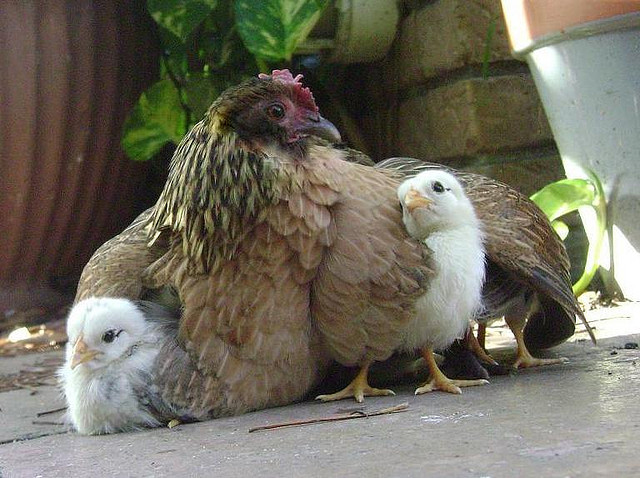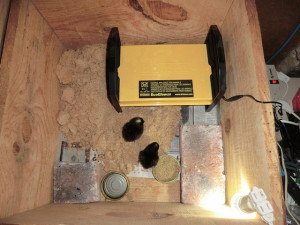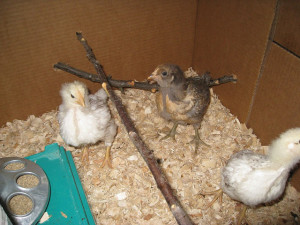This is the second post discussing the results of a recently released study by the University of California Davis that has for the first time given us insights into America’s backyard chicken coops.
In the largest study of its type into backyard chicken ownership in America, The University of California research has obtained insights into backyard chicken owners perceived flock health and welfare issues, the most favoured breed of chicken to keep in backyard flocks, backyard chicken husbandry practices, why people raise backyard chickens, what resources are necessary to help improve backyard chicken flock care and management, as well as demographic information about backyard chicken owners and their attitudes to chickens and chicken derived products.
In this post we are going to delve in to the top reasons why Americans raise backyard chickens.
America’s top 3 reasons for raising backyard chickens revealed
Food for home use
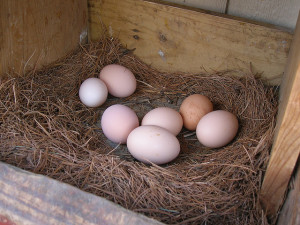 Not surprisingly the number one reason for keeping backyard chickens was food for home use including eggs and meat. 95.2 percent of respondents in the study indicated that they raised backyard chickens to produce their own food with only 3 percent in urban areas using the chicken products for income. Although I expect there are lots if eggs going to the neighbours of backyard chicken owners.
Not surprisingly the number one reason for keeping backyard chickens was food for home use including eggs and meat. 95.2 percent of respondents in the study indicated that they raised backyard chickens to produce their own food with only 3 percent in urban areas using the chicken products for income. Although I expect there are lots if eggs going to the neighbours of backyard chicken owners.
The study didn’t specifically look at how many people raised backyard chickens for eggs compared to meat but the most favoured breeds of chicken were dominated by egg laying breeds so the researchers concluded that egg laying was likely the main reason for most urban backyard chicken keepers.
Gardening partners
Coming in at number 2 with 62.8 percent of respondents indicating that they kept backyard chickens as gardening partners to provide two legged services of pest control, provide manure, and fertiliser for the garden.
Click here to get your members only "Guide to Selecting the Best Backyard Chicken Breed"

Whilst there is a range of high tech garden technologies available to urban gardeners, one chicken can do an amazing amount of work around the garden. As can be seen from the infographic one chicken can de-bug 120 sqft a week, convert 10lbs of food scraps into eggs, fertilise a 50 sqft garden in a month, level a pile of mulch in 2 days, help do a quarter of the work turning a compost pile, produce enough manure in a month to make 1 cubic yard of compost from leaves, till 50 sqft of sod in 4-6 weeks, and one chicken can break the life cycle of pests and disease on one fruit tree within an hour.
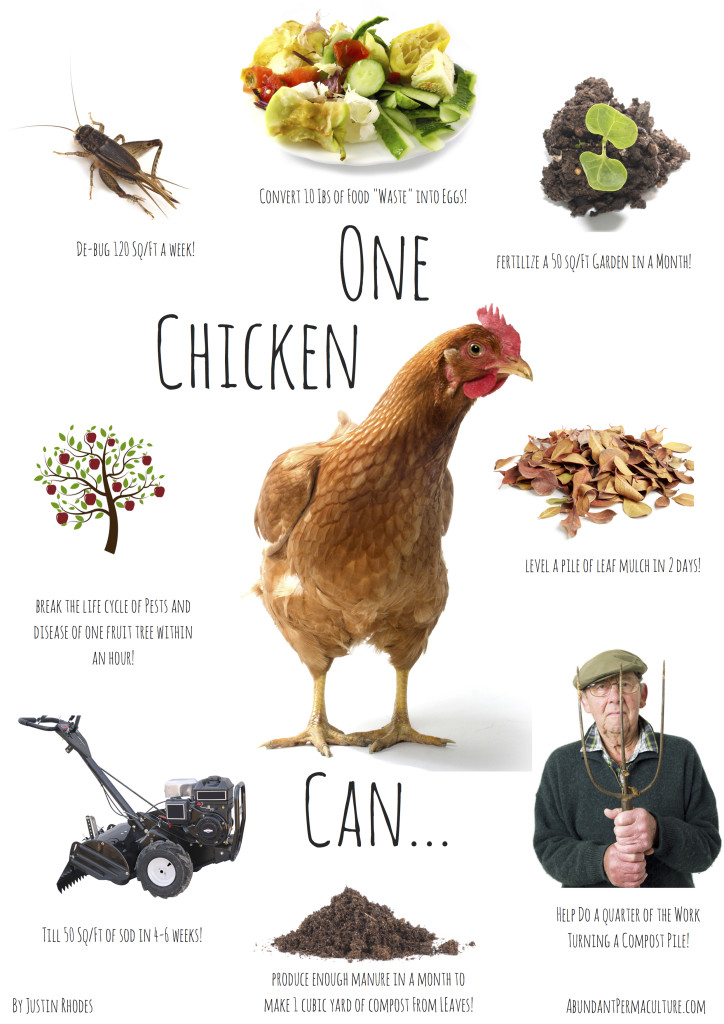
Pets
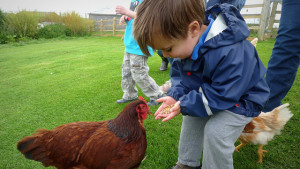 Coming in a close third with 57.4 percent of participants in the study indicating that they kept chickens as pets. Anyone who has ever owned chickens know that they can be great pets with loads of personality.
Coming in a close third with 57.4 percent of participants in the study indicating that they kept chickens as pets. Anyone who has ever owned chickens know that they can be great pets with loads of personality.
Tell us about why you keep chickens by posting a comment.
Keep an eye out for future posts where we will reveal other insights from the study including how many backyard chickens people keep in their flock, where they get their chickens and much more. (Remember to subscribe to our newsletter and we will send you the posts straight to your inbox).
If you want to read the whole research paper you can read it here.

One final note. Whilst raising chickens is a sustainable way to produce your own food – why stop there. At backyard chicken zone we believe that going green does not mean sacrificing your lifestyle and that green tech and eco friendly products can give you the lifestyle you desire whilst moving towards a more sustainable future. Our partners at GoGetEco.com have the latest in cool eco friendly gadgets, future gadgets, future tech, the latest in green technology, eco friendly products and cool green tech inventions. Why not check them out.


 Not surprisingly the number one reason for keeping backyard chickens was food for home use including eggs and meat. 95.2 percent of respondents in the study indicated that they raised backyard chickens to produce their own food with only 3 percent in urban areas using the chicken products for income. Although I expect there are lots if eggs going to the neighbours of backyard chicken owners.
Not surprisingly the number one reason for keeping backyard chickens was food for home use including eggs and meat. 95.2 percent of respondents in the study indicated that they raised backyard chickens to produce their own food with only 3 percent in urban areas using the chicken products for income. Although I expect there are lots if eggs going to the neighbours of backyard chicken owners.

 Coming in a close third with 57.4 percent of participants in the study indicating that they kept chickens as pets. Anyone who has ever owned chickens know that they can be great pets with loads of personality.
Coming in a close third with 57.4 percent of participants in the study indicating that they kept chickens as pets. Anyone who has ever owned chickens know that they can be great pets with loads of personality.
